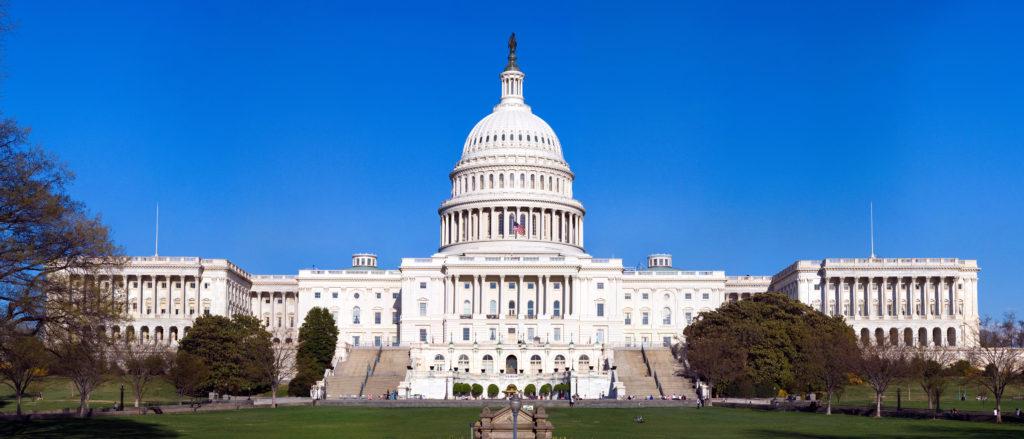The western front of the United States Capitol Building. (Wikimedia Commons user, ‘Noclip’/Photo courtesy of Wikimedia Commons)
After a historic duration of 35 days, the partial government shutdown has temporarily ended. President Trump conceded to ending the shutdown for three weeks on Friday without funding for the wall. Many Americans paid the price for Trump’s efforts to pressure Democrats into paying billions of dollars for the wall. Despite anticipation that the shutdown would affect higher education, the university remained unscathed. For now, at least.
During the shutdown, over 800,000 federal workers were either furloughed or had to work without pay, leaving many struggling to make ends meet. According to Vox, several entities, including the Environmental Protection Agency, Food and Drug Administration, National Parks Services and the IRS, stopped or paused their services. The end of the shutdown allows federal workers to receive back pay but does not guarantee they won’t be in the same situation again come Feb. 15.
If the shutdown had carried over into the beginning of the semester, it could have affected research funded through federal grants. The university has several grants across various colleges and departments, receiving its biggest grants through the National Institutes of Health and the National Science Foundation. Michael Scott, associate vice president for Research and Sponsored Programs, said that had the strike continued for three to four months it could have cost the university millions of dollars.
Scott explained that the university is not sent money to spend, but rather an account is opened to track spending and serve as placeholder until reimbursement. All grants approved prior to the shutdown would still have access to the designated checking account to draw against the allocated funds. However, during this time the university would fail to successfully bill for reimbursement. Scott explained that this would leave the university floating research costs.
“We would have to figure out what to do because we could be several millions of dollars in the hole,” he said. “We’re not a rich university, so if someone owes you a couple million dollars it starts to hurt. That’s all that would happen if [the shutdown] was three or four months.”
This scenario would hurt recipients of research grants by delaying the approval process. While grants are able to be submitted during a shutdown via the electronic system with nothing happening at the foundation, the approval process would experience a delay in the usual six-month process by several months. However, faculty with approved grants would not experience difficulties.
Pam Hunt, professor in the Department of Special Education and coordinator of the Moderate/Severe Disabilities Program, did not feel her projects were threatened during the partial government shutdown.
“The shutdown has had no effect on my three federally funded projects, which are funded by the Institute of Education Sciences and the Office of Special Education Programs (U.S. Department of Education),” Dr. Hunt said.
With the government shutdown only guaranteed to end for three weeks, it is undetermined if the university and other higher education institutions will see the ramifications of Trump’s attempts to fund the long-promised wall along the Mexican-American border in the near future.
Francis Neely, associate professor in the Department of Political Science, specializing in American politics and political psychology, thinks the current administration is too unpredictable to determine what may happen next.
“Well, we’re off the charts politically right now,” he said. “Unfortunately, every week there’s an unprecedented event, so it’s hard to predict such things or know what’s coming around the corner.”





